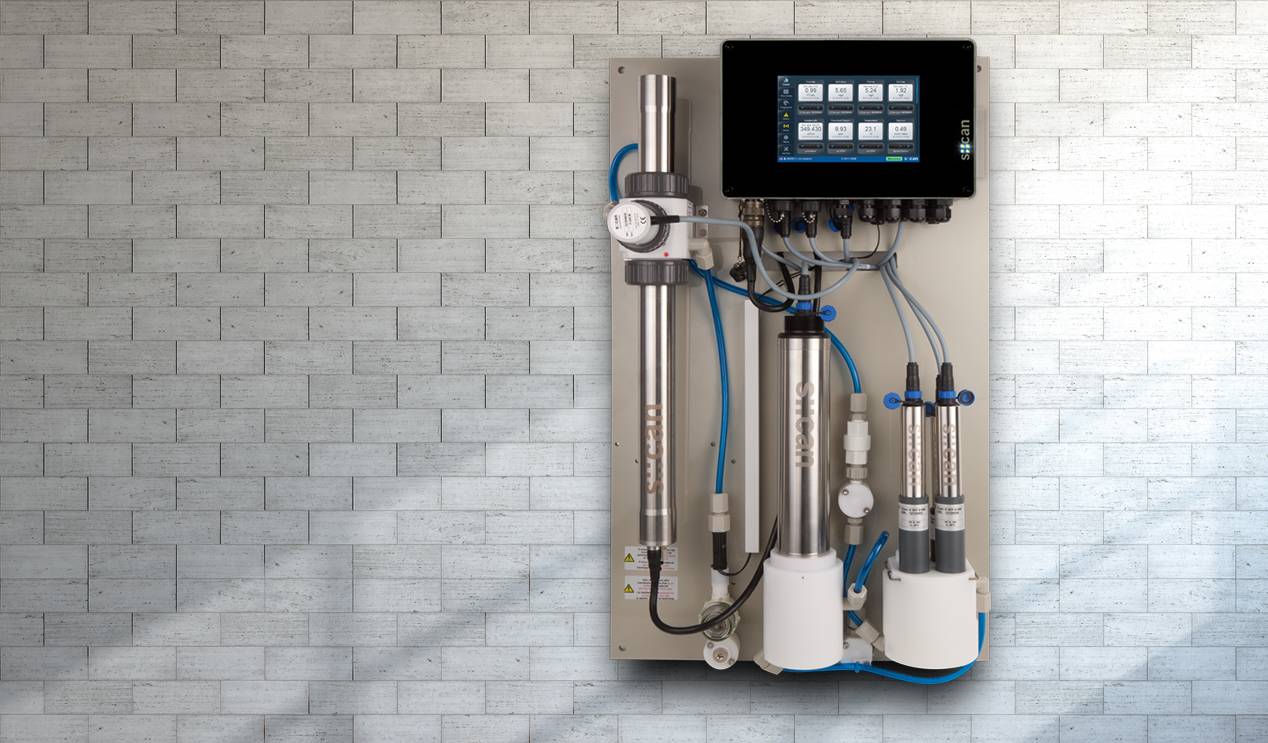Ever increasingly stringent phosphorus consents is one of the hot topics in the water industry.
There are two general approaches to phosphorus removal in wastewater treatment works. One is to modify activated sludge to maximise phosphorus removal, the second is to use a coagulant such as iron or aluminium, or in some plants a bit of both might be used.
Although this may enable phosphorus consents to be met at the moment, if phosphorus consents are reduced, it increases the likelihood that wastewater treatment works will just have to up their coagulant dosing. Without a new technology, this will lead to increasing chemical costs and the potential for the breach of consents for metals such as iron.





